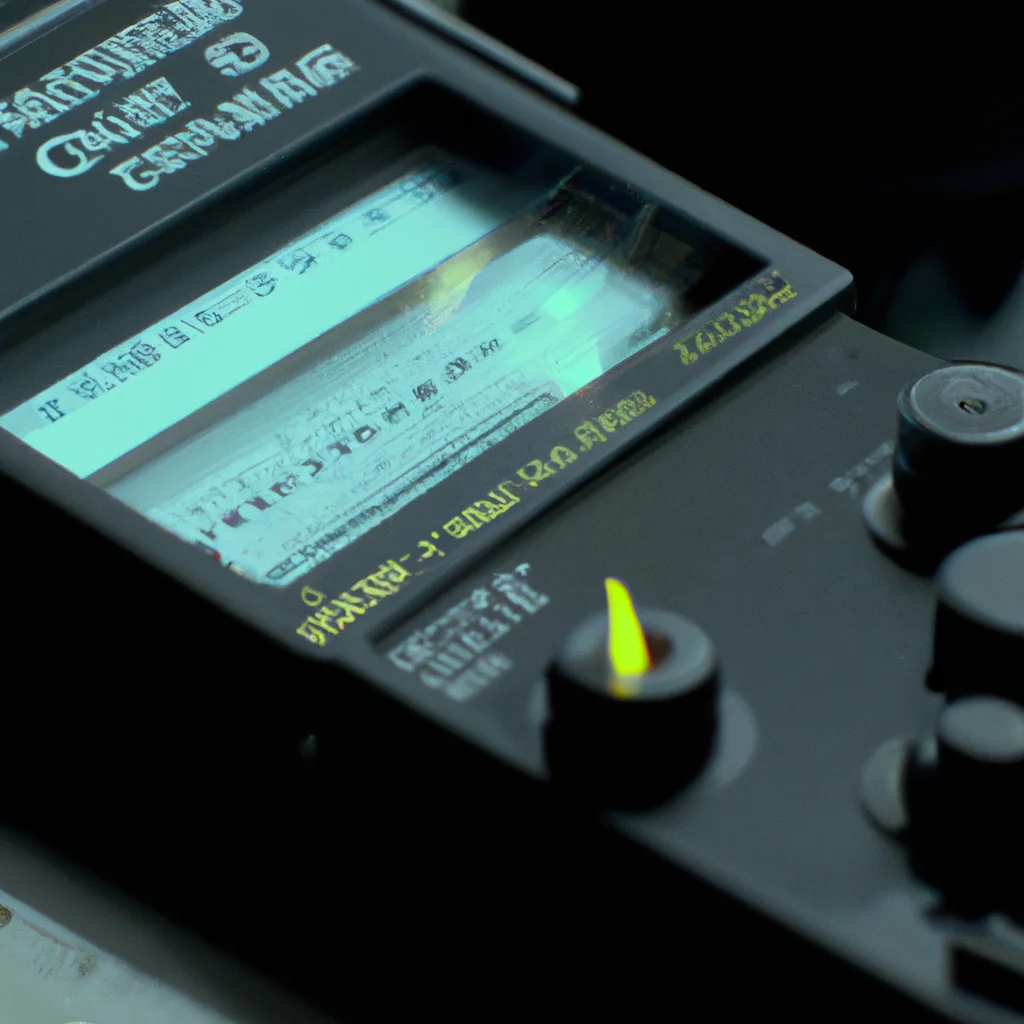How does a Geiger counter work?


How does a Geiger counter work?
A Geiger counter is a device that is used for radiation detection. It is widely used in nuclear safety and other applications related to radioactive materials. The instrument was invented by Hans Geiger and Walther Muller in 1928. It is a type of ionization chamber that can detect ionizing radiation. In this article, we will discuss how a Geiger counter works.
What is ionizing radiation?
Ionizing radiation is a type of radiation that has enough energy to ionize atoms or molecules. It can cause damage to living tissues and can lead to cancer or other health problems. Examples of ionizing radiation include alpha particles, beta particles, gamma rays, and X-rays.
How does a Geiger counter work?
A Geiger counter consists of a metal tube filled with a gas such as argon or helium. The tube has a wire running down its center, and the wire is connected to a high voltage power supply. When ionizing radiation enters the tube, it ionizes the gas atoms and creates free electrons and positive ions.
The electrons are attracted to the wire, and as they move toward the wire, they gain enough energy to knock other electrons off the gas atoms, creating more free electrons. This creates a chain reaction, and the result is a burst of electrical current that is detected by the Geiger counter’s circuitry.
The burst of current is amplified and processed by the circuitry, and the Geiger counter produces a clicking sound or a visual display. The number of clicks or the intensity of the display is proportional to the amount of ionizing radiation detected.
Limitations of Geiger counters
Although Geiger counters are an effective tool for detecting ionizing radiation, they have some limitations. For example, they cannot distinguish between different types of radiation, and they cannot measure the energy of the radiation.
Moreover, they cannot detect non-ionizing radiation such as radio waves or microwaves. Additionally, they are not very sensitive to low levels of radiation, and they can be affected by background radiation or other sources of interference.
Applications of Geiger counters
Despite their limitations, Geiger counters are widely used in many applications related to nuclear safety and radioactive materials. They are used to monitor the radiation levels in nuclear power plants, medical facilities, and research laboratories.
They are also used by law enforcement agencies to detect radioactive materials that may be used in terrorist attacks. In addition, they are used by environmental agencies to monitor the radiation levels in the environment and to detect radioactive contamination.
Conclusion
In conclusion, a Geiger counter is a device that can detect ionizing radiation. It works by using a metal tube filled with a gas, which is ionized by radiation. The resulting burst of electrical current is detected by the Geiger counter’s circuitry, and the device produces a clicking sound or a visual display.
Although Geiger counters have some limitations, they are widely used in many applications related to nuclear safety and radioactive materials. They are an essential tool for monitoring radiation levels and ensuring the safety of workers and the public.
Recent Posts
How do I create an engaging and informative online quiz or assessment?
Creating an engaging and informative online quiz or assessment can be a powerful tool for… Read More
What are the most effective methods for managing and reducing work-related stress in the hospitality industry?
Work-related stress is a common issue in the hospitality industry, where employees often face long… Read More
How can I improve my assertiveness and communication skills in a leadership position?
In a leadership position, assertiveness and effective communication skills are crucial for success. Being able… Read More
What are the key elements of a successful employee recognition and rewards program?
Employee recognition and rewards programs play a crucial role in motivating and engaging employees, as… Read More
How do I effectively manage and respond to customer feedback and reviews?
Customer feedback and online reviews play a crucial role in shaping a company's reputation and… Read More
What are the best strategies for effective time management as a stay-at-home parent?
Effective time management is crucial for stay-at-home parents who juggle multiple responsibilities on a daily… Read More